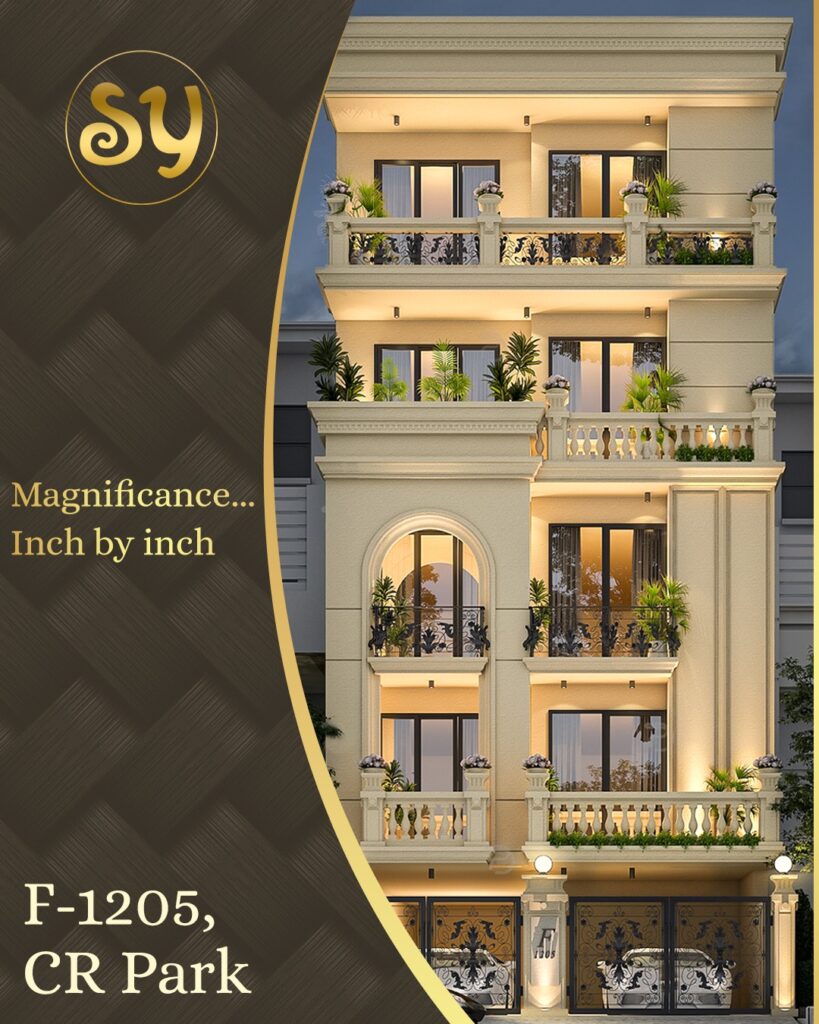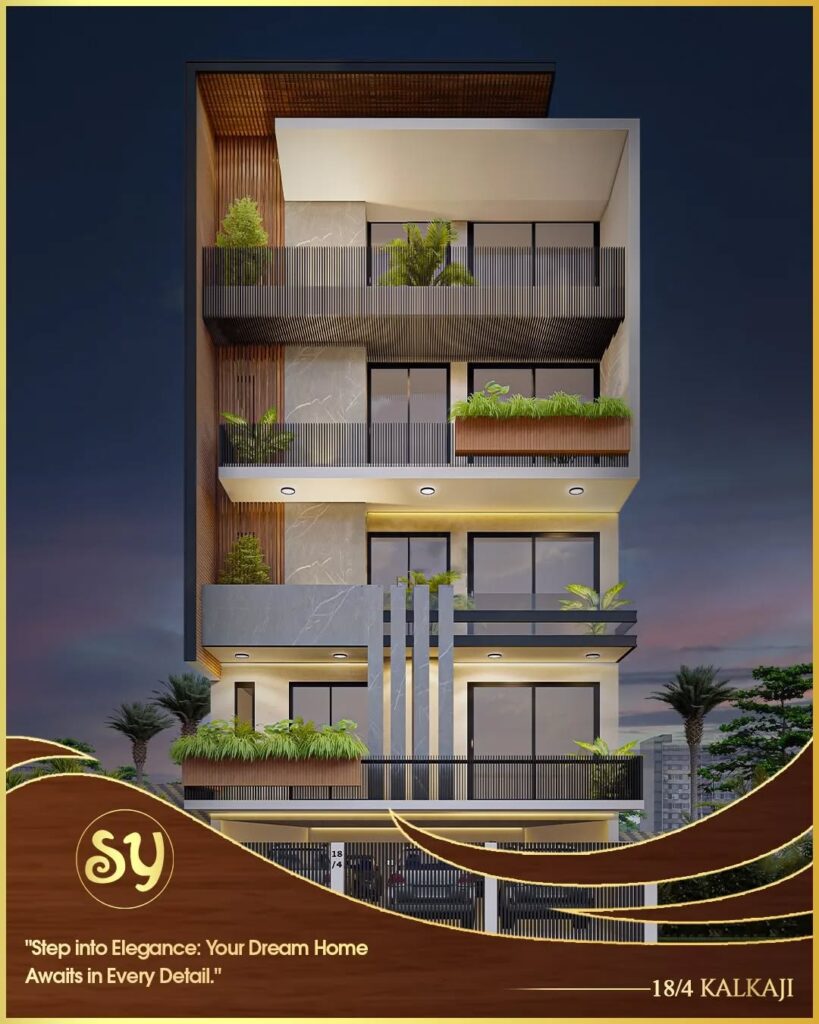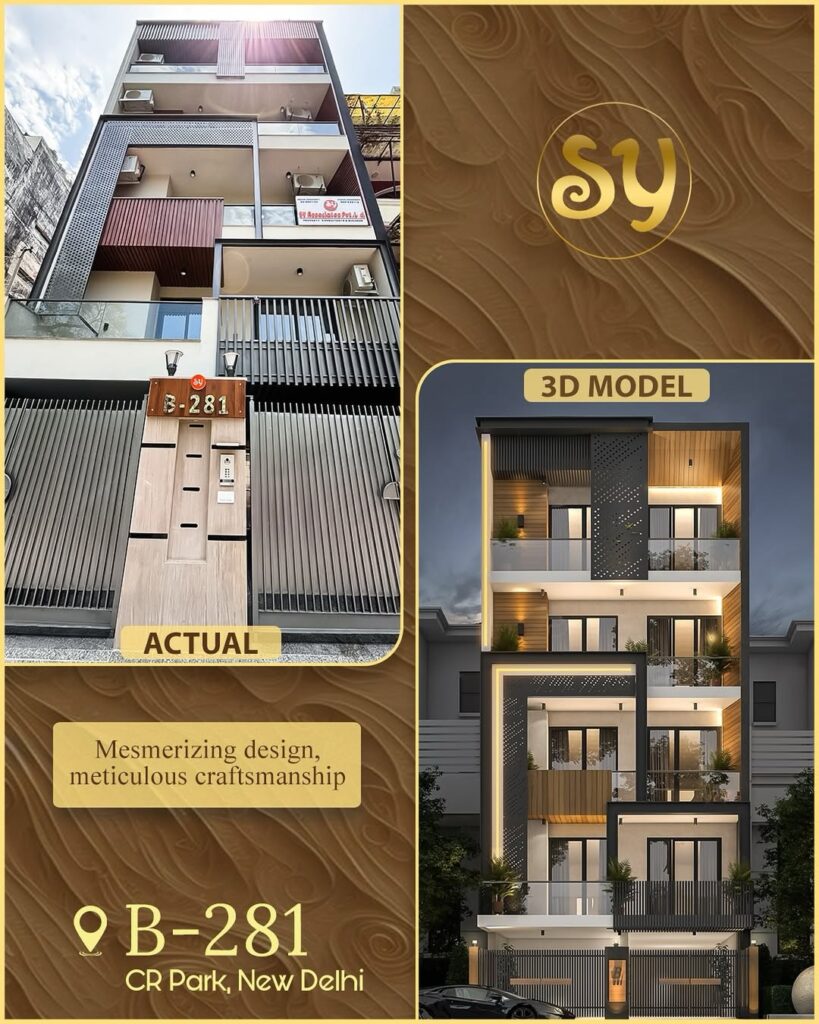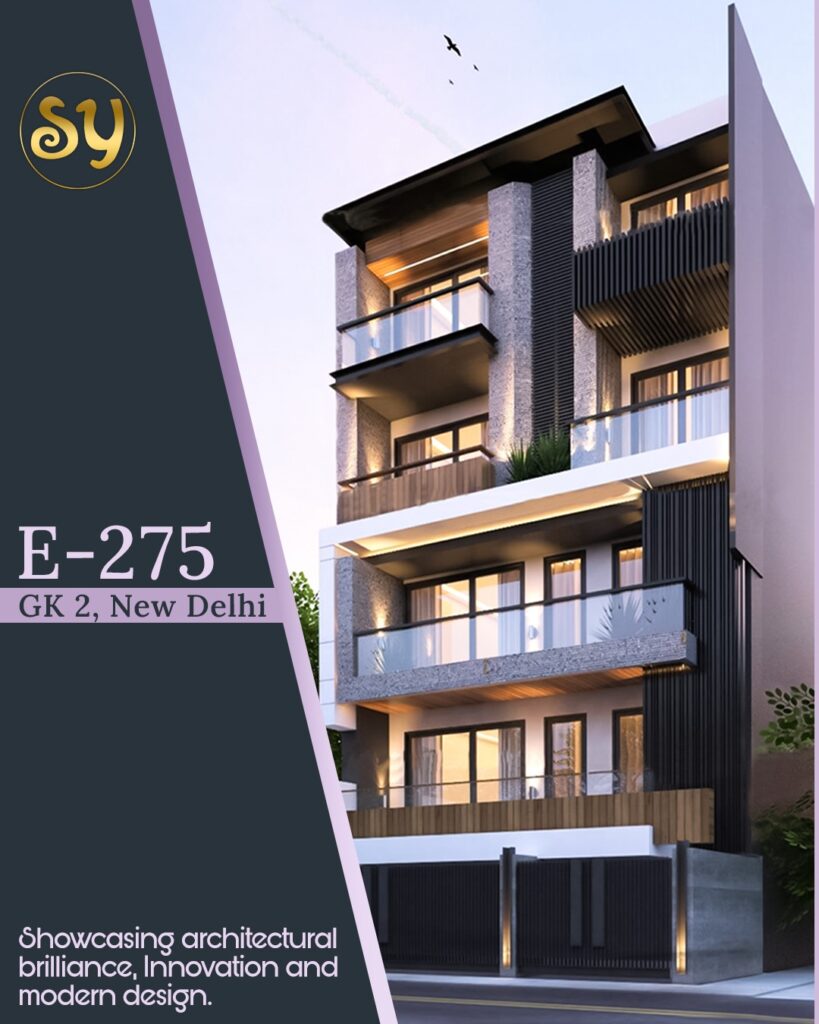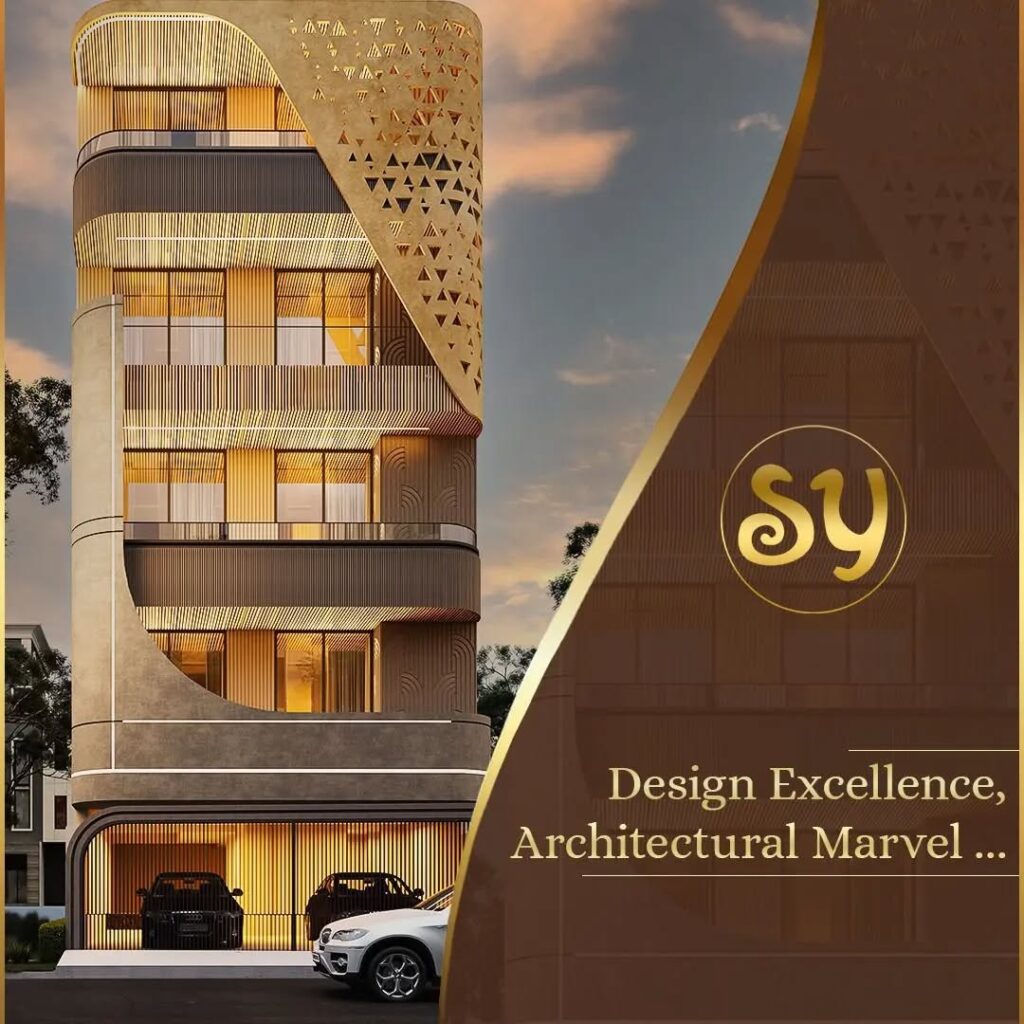Why Chittaranjan Park is Delhi’s Hidden Gem for Premium Home Investments
When discerning investors think about Delhi investment opportunities, they often gravitate toward well-known areas like Khan Market, Greater Kailash, or Defence Colony. However, one neighborhood continues to fly under the radar despite offering exceptional value and growth potential: Chittaranjan Park. This South Delhi enclave represents one of the most compelling cases for premium homes investment, combining cultural richness, strategic location, and remarkable appreciation potential. The Unique Character of Chittaranjan Park Chittaranjan Park, affectionately known as “CR Park” among locals, stands as Delhi’s largest Bengali settlement and one of its most distinctive neighborhoods. Established in the 1960s to accommodate Bengali refugees from East Pakistan (now Bangladesh), this area has evolved into a sophisticated residential hub that maintains its cultural identity while embracing modern urban living. What sets Chittaranjan Park properties apart is their unique blend of traditional Bengali architecture and contemporary amenities. The area features wide, tree-lined streets, well-planned infrastructure, and a strong sense of community that’s increasingly rare in Delhi’s fast-paced urban landscape. This distinctive character creates an investment environment that’s both stable and appreciating, making it an ideal choice for premium home investments. Strategic Location Advantages One of the most compelling reasons to consider Chittaranjan Park for property investment lies in its exceptional connectivity. Located in South Delhi, the area enjoys proximity to major business districts, educational institutions, and commercial centers. The upcoming Metro connectivity through the Pink Line has further enhanced its accessibility, connecting residents directly to major employment hubs across Delhi NCR. The neighborhood’s strategic position offers easy access to the Outer Ring Road, providing seamless connectivity to Gurgaon, Noida, and other satellite cities. This connectivity factor significantly enhances the rental potential and resale value of Chittaranjan Park properties, making them attractive to both end-users and investors. For professionals working in South Delhi’s corporate corridors or those commuting to Gurgaon’s financial district, CR Park offers the perfect balance of accessibility and tranquility. This positioning advantage translates directly into sustained demand for quality residential properties in the area. Premium Infrastructure and Amenities The infrastructure quality in Chittaranjan Park rivals that of Delhi’s most established neighborhoods. The area boasts excellent road connectivity, reliable power supply, and well-maintained civic amenities. The wide roads, originally planned to accommodate the community’s cultural processions, now provide excellent traffic flow and parking convenience – a significant advantage in Delhi’s congested urban environment. Educational infrastructure in CR Park is particularly noteworthy, with several prestigious schools and colleges in close proximity. This includes institutions like Modern School, Delhi Public School branches, and various coaching centers that attract families seeking quality education for their children. The presence of these educational facilities creates sustained demand for residential properties, particularly among families looking for premium homes in well-established neighborhoods. Healthcare facilities in and around Chittaranjan Park are comprehensive, with several hospitals, nursing homes, and specialized clinics serving the community. The proximity to major hospitals like Apollo, Max, and Fortis adds to the area’s appeal for health-conscious investors and residents. Cultural Richness as an Investment Asset The cultural vibrancy of Chittaranjan Park isn’t just aesthetically pleasing – it’s a genuine asset that drives property values. The area hosts some of Delhi’s most celebrated cultural events, including the famous Durga Puja celebrations that attract visitors from across the region. This cultural significance creates a unique brand value that differentiates Chittaranjan Park properties from generic residential developments. The presence of cultural institutions, community centers, and traditional markets adds to the area’s authentic charm while providing practical amenities for residents. The Kali Mandir, various community halls, and cultural centers create a strong sense of place that residents value highly, contributing to lower turnover rates and stable rental income for property investors. This cultural richness also attracts a diverse mix of residents, from Bengali families maintaining their traditional ties to young professionals drawn to the area’s unique character and excellent amenities. This demographic diversity creates a stable and appreciating property market. Market Dynamics and Growth Potential The property market in Chittaranjan Park demonstrates several characteristics that make it attractive for premium home investments. Unlike some of Delhi’s more volatile markets, CR Park has shown consistent, steady appreciation over the years. This stability, combined with the area’s inherent strengths, positions it well for continued growth. Recent market analysis indicates that Chittaranjan Park properties offer better value propositions compared to similar properties in neighboring areas like Greater Kailash or Kailash Colony. The price differential, while narrowing, still presents opportunities for investors to acquire quality properties at relatively attractive rates. The rental market in CR Park is particularly robust, driven by the area’s popularity among working professionals, families, and even expatriates who appreciate the cultural ambiance and excellent connectivity. Rental yields in the area compare favorably with other premium South Delhi locations, making it an attractive proposition for investors seeking regular income along with capital appreciation. Types of Properties and Investment Options Chittaranjan Park properties offer diverse investment opportunities across different budget ranges and property types. The area features everything from charming independent houses with traditional Bengali architectural elements to modern apartment complexes with contemporary amenities. Independent houses in CR Park are particularly sought after, offering investors the opportunity to own premium residential properties with garden spaces, parking facilities, and the flexibility for customization. These properties often appreciate faster than apartments due to their scarcity and the growing preference for independent living spaces, especially post-pandemic. Modern apartment complexes in the area provide excellent options for investors seeking hassle-free property management and consistent rental income. Many of these developments feature amenities like security systems, parking, power backup, and community spaces that appeal to contemporary residents. The area also offers opportunities for investors interested in commercial properties, with several office spaces, retail outlets, and service establishments catering to the growing residential population. Comparative Analysis with Other Delhi Markets When evaluating Delhi investment opportunities, Chittaranjan Park stands out for several reasons. Compared to areas like Greater Kailash I and II, CR Park offers similar location advantages and infrastructure quality at more reasonable price points. The cultural uniqueness and community

